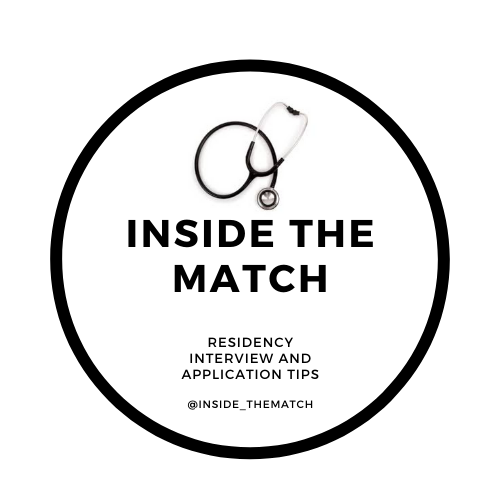Preparing Your Interview Space
Written by Grace Gilbert
Lights
First and foremost, you need to be seen. If you can be in a well-lit area or facing a window you’ll be set. However, some of us will be doing interviews at night depending on the time zone you’re doing interviews, or in places without a natural glow. A ring light (yes, #blessed) that connects to your laptop or sits on a desk can be bought for between $20-30.
Camera
Eye contact is also an overlooked factor. Some webcams can be positioned so that you are looking directly into them. Others will require you to boost your laptop with a stack of books so you can look down the barrel of the camera.
Although we’d love to say your personality will shine through with 360p, you may want to invest in a better quality webcam. Usually, anything over $80 will only increase the camera’s field of view, and not affect the video quality itself. I’ve had great results with Logitech. *remember to use Amazon Smile when purchasing to support your favorite charity*
Action
Get rid of your high-quality leather gaming chair, one of the biggest complaints from interviewers last year was how distracting nervous movement can be. Sit in a stationary chair that encourages good posture.
Your background should be simple, just like your ERAS photo. Program directors said overly decorated backgrounds may seem professional but are in fact, very distracting. That being said, having a couple of items that are authentic and talking pieces can be helpful. For instance, if you love gardening and your house is covered in plants, no need to hide them, allow one to be in view. If you don’t have any interest in plants, don’t go out and buy them just to add flourish for your interview.
Practice makes perfect
Make sure to practice with friends, family, colleagues, and even mentors in this prepared space. They may notice distractors or habits you’d like to avoid. Remember, you don’t have to figure this all out on your own.

